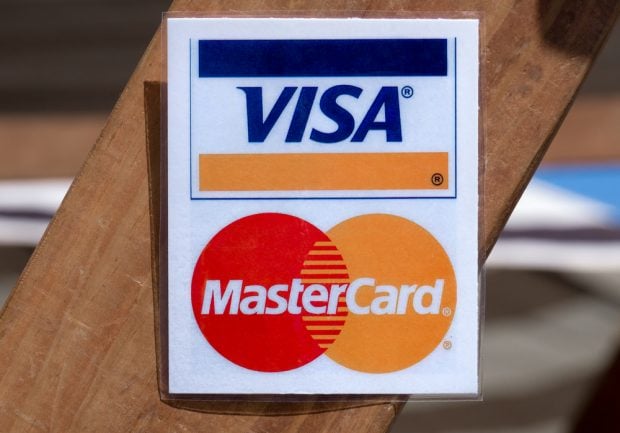Credit union credit card programs largely came into their own in 2009, moving almost entirely from being a "forgotten" asset on many CU balance sheets to recognition as a strategic tool credit unions could use to both help their members and their bottom lines.This year capped a trend that actually began in 2002 as executives from credit unions and credit union card processors realized that a lack of management and appreciation of CU card programs left them vulnerable. Large, monoline bank card issuers were buying CU card portfolios and then continuing to issue the cards in the name of the credit unions. The executives believed that these credit unions that sold portfolios often sold them because their leaders didn't understand how important a role credit cards played in the relationship of the credit union and its members and how the credit union could profitably manage the asset.Over the five years, between 2003 and 2008, groups like Card Services for Credit Unions, PSCU Financial Services and TNB Card Services, along with many credit union leagues, began educating credit unions about how they could better use their card programs to help meet members' needs and improve card management. The organizations held seminars and Web events and hired trainers and card program evaluators to help train credit unions in making their card portfolios more profitable.While all that effort bore some fruit in previous years, it really served credit unions well in the economic crisis that began in late 2008 and spilled readily into this year. As other lenders, particularly banks, cut credit lines, hiked interest rates, canceled card accounts or, on at least on occasion, paid card holders to close their accounts in reaction to the downturn, card issuing credit unions found themselves islands of relative consumer credit stability. Credit unions, generally, kept lending and often made money as their members moved credit card balances away from lenders who were retreating from the consumer market and leaving them high and dry.The year was not marked by credit union card success stories across the board, of course. Credit unions saw their card delinquencies rise just as other card lenders did, though not as far nor as fast as those of the big banks. And credit unions in California, Florida, Arizona and Nevada also saw the value of the card assets drop along with the value of other assets in their economically troubled states and as the credit scores of their members also dropped. A few credit unions across the country, facing strong balance sheet pressures, sold their card portfolios in 2009, and credit union management experts from a variety of organizations suggested credit unions begin more frequently rescoring at least parts of their card portfolios.But, overall, the end of 2009 found credit union card programs with a significantly better market position with their members and the public at large than they had when the year began. In part this was because many credit unions had gotten their credit card programs into better shape during the middle part of the decade and, in part, because their competition largely left the field.Congressional action also marked 2009 as the year the government acted to change some of the rules under which credit cards are issued.Much of the impetus for the legislation came from the waves of consumer complaints about some card management practices, such as default interest rates, double-cycle billing and punishing over-limit and late fees that large card issuers had been using for years. On the surface, banning these practices could have been seen as a marketing challenge for credit unions. While they had rarely, if ever, adopted any of these management practices, credit unions had been able to market their cards in counterpoint to the banks that had used them. Now, that distinction could have gone away.But the way many of the largest bank issuers reacted to the law, by cutting credit lines even further and by hiking the interest rates of even their longest card holders, had the effect of throwing more attention on credit union cards and driving more of their customers to credit unions.By then end of the year, at least one national consumer organization and one nationally known consumer advocate had explicitly endorsed credit cards issued by credit unions as a better deal for the consumer. –[email protected]
Complete your profile to continue reading and get FREE access to CUTimes.com, part of your ALM digital membership.
Your access to unlimited CUTimes.com content isn’t changing.
Once you are an ALM digital member, you’ll receive:
- Critical CUTimes.com information including comprehensive product and service provider listings via the Marketplace Directory, CU Careers, resources from industry leaders, webcasts, and breaking news, analysis and more with our informative Newsletters.
- Exclusive discounts on ALM and CU Times events.
- Access to other award-winning ALM websites including Law.com and GlobeSt.com.
Already have an account? Sign In
© 2024 ALM Global, LLC, All Rights Reserved. Request academic re-use from www.copyright.com. All other uses, submit a request to [email protected]. For more information visit Asset & Logo Licensing.









